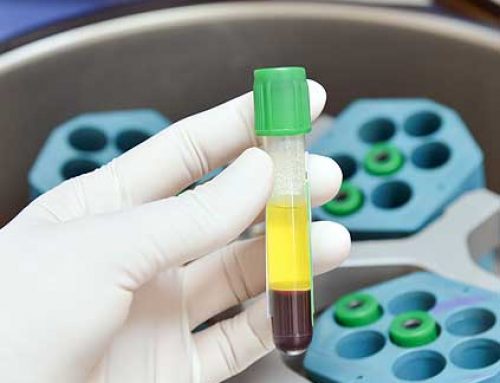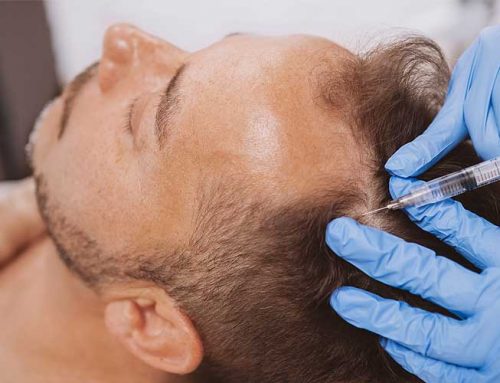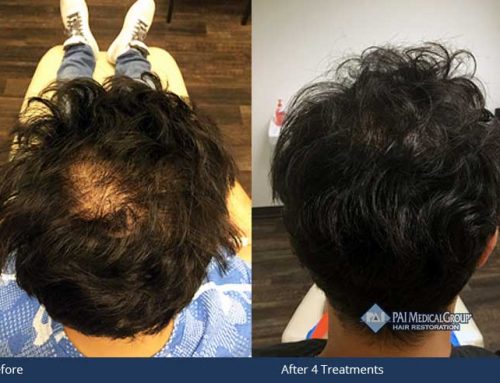Orthopedic doctors have used Enhanced Plasma Therapy (EPT) for over 20 years as a way to help those suffering from joint injuries, osteoarthritis, and rotator cuff tears. Today EPT has found its way in helping those that suffer from hair loss with this new hair restoration procedure.
 What is Enhanced Plasma Therapy (EPT)?
What is Enhanced Plasma Therapy (EPT)?
To better understand how EPT can help those with hair loss, we need to first look at how hair grows. When a person is born they have all the hair follicles they will ever have in their lifetime. This is around 5 million in total. A small percentage of those follicles are on your scalp which is about 100,000. Your blood supplies these follicles with nutrients. EPT hair loss treatment works by amping up nutrition to the hair follicles. This is done by isolating your blood platelets and regenerative growth factors. A small amount of your blood is taken and put into a centrifuge to separate these important platelets. It is these platelets and growth factors that give your hair follicles added strength and helps them to grow more hair.
What Can You Expect at a EPT Appointment
EPT because it uses components in your blood it is an all-natural solution. There are three steps in this therapy treatment.
- We collect blood typically from your arm in the same way you’ve experienced when you have lab work at your physician’s office.
- We place the blood in a centrifuge machine that spins it vigorously. This separates your platelets from other components in your blood and so we can make the EPT serum. While the machine is doing this, you can rest your eyes, read a book, or catch up on your emails and relax.
- We gently inject the newly formed serum into your scalp in the areas where you are thinning or receding hair.
Is It Painful?
While this procedure may sound painful, it isn’t. We numb your scalp so you don’t feel the tiny needle pricks. Our patients tolerate the procure quite well. There is no downtime after your appointment. You may return to work, school, and regular activities.
How Many Treatments are Needed?
Most patients will have between 4 to 5 treatments that are spread out. Typically, one treatment is done every couple of months. When you come in for a consultation we will talk about your expectations, health history and put together a plan so you will know just what to expect.





